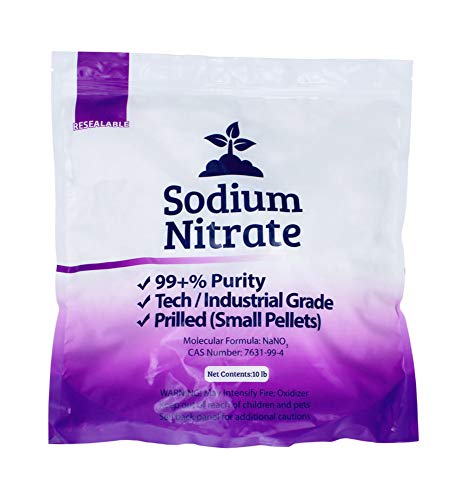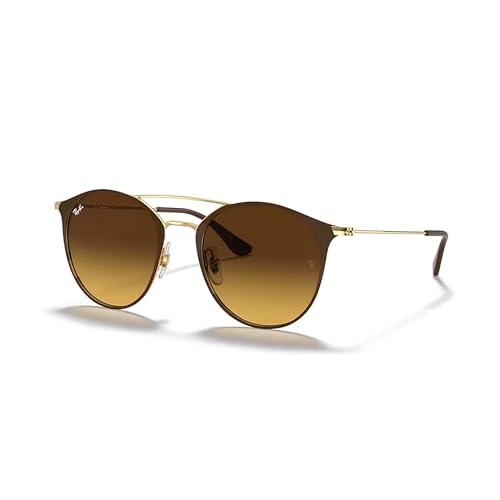You are using an out of date browser. It may not display this or other websites correctly.
You should upgrade or use an alternative browser.
You should upgrade or use an alternative browser.
A gallery of home built hoods and fume scrubbers _hood_
- Thread starter 4metals
- Start date

Help Support Gold Refining Forum:
This site may earn a commission from merchant affiliate
links, including eBay, Amazon, and others.
- Joined
- Feb 12, 2014
- Messages
- 1,853
- Joined
- Aug 12, 2021
- Messages
- 1,505
Just wondering how the electrical outlets hold up in a corrosive atmosphere. Also, as discussed earlier, how about possibly nitrating the cellulose in the wood? Other then that, I agree, a very presentable hood.I have not had the space to use these plans yet.
And you would have to substitute some materials for modern alternatives.
But I think the old wooden cupboards were classy.
- Joined
- Aug 12, 2021
- Messages
- 1,505
While the fume hood seems to be the easy build, the scrubbers deserve equal attention.Starting this thread as a photo gallery, minimal chat, of members home built refining hoods and fume scrubbers.
A quick google search brought up quite a few ideas. here
Judging by the response of our members on this, apparently there more backyard in the wind refiners than there are hobby refiners with some sort of safe setup. Maybe everyones on vacation.While the fume hood seems to be the easy build, the scrubbers deserve equal attention.

$6.38 ($0.13 / Count)
Pico Fuse 125V 1A Fast Blow Fuse Resistance Type No self-Recovery Fuse for Telecom Communication 50Pcs,Aicosineg
Aicosineg US

$129.99
2000ml Beaker, Low Form Griffin, Borosilicate 3.3 Glass, Double Scale, Graduated, Karter Scientific 213D36 (Case of 8)
Lake Charles Manufacturing

$12.99
BROADMAN CHURCH SUPPLIES Anointing Oil Holder with Key Ring and Eyedropper - Brass
Lifeway Christian Resources

$8.99
$9.55
Jewelry Pliers Set - Needle Nose, Round Nose and Wire Cutters for Jewelry Making, Repair and Crafts
Shynek Online

$17.80
$26.95
ENGINEER PZ-58 Screw Removal Pliers Extractor Pliers (Combination Pliers), with unique non-slip jaws for quickly removal of damaged or rusted fasteners
Bridge Precision Tools

$223.49 ($0.06 / Ounce)
50 lb Sodium Nitrate Fertilizer 99+% Pure Chile Saltpeter Gold Metal Refining Industrial Grade Glass Pottery Enamels
Duda Energy

$35.41
$69.00
Petroleum Refining in Nontechnical Language Third Edition (Pennwell Nontechnical Series)
Hafa Adai Books LLC

$7.49 ($0.15 / Count)
$7.99 ($0.16 / Count)
Beauticom 3g/3ml (0.1 Fl Oz) Round Clear Plastic Jars with Round Top Lids for Creams, Lotions, Powders, Glitters, and more... (Color: Clear Lid, Quantity: 50 Pieces)
Beauticom

$86.58
$171.00
Catalysis in the Refining of Fischer-Tropsch Syncrude (Catalysis Series, Volume 4)
Basi6 International
- Joined
- Feb 12, 2014
- Messages
- 1,853
You really would not want any electrical plug in the hood itself.Just wondering how the electrical outlets hold up in a corrosive atmosphere. Also, as discussed earlier, how about possibly nitrating the cellulose in the wood? Other then that, I agree, a very presentable hood.
What I have in mine is a hole I can pass leads through that can be plugged into a four-way.
A negative air pressure means it does not need to be sealed.
I have all my complicated electronics such as the power supply for the silver cell in an adjacent shed and pass the wiring through the wall.
Very important to separate sensitive equipment from your main workspace whenever possible.
silicone over all - seems to be a pain in the rear to remove for everything escrap relatedYou really would not want any electrical plug in the hood itself.
What I have in mine is a hole I can pass leads through that can be plugged into a four-way.
A negative air pressure means it does not need to be sealed.
I have all my complicated electronics such as the power supply for the silver cell in an adjacent shed and pass the wiring through the wall.
Very important to separate sensitive equipment from your main workspace whenever possible.
Was that a Rubbermaid trash can shed? I've always thought they would make a good starter hood.Here is a picture of my very first “hood”, it lasted longer than I thought.
It was used to store yard tools in when I got it. Seemed a bit small for much more than a 20 gallon or so garbage can. Maybe two cans at a time.Was that a Rubbermaid trash can shed? I've always thought they would make a good starter hood.
what's missing in the photo is the standard American reference for size, also known as a beer can!Seemed a bit small for much more than a 20 gallon or so garbage can.
Best I remember it was just over waist high. Maybe 3 to 3 1/2 feet high. 20 to 24 inch’s deep front to back. About 3 foot wide.what's missing in the photo is the standard American reference for size, also known as a beer can!
It only opened from the top and had 5 or 6 long water hoses stored in it when I got it. I cut the front opening and attached pvc inside to act as a window frame. This way I used a sheet of plexiglass for the door and could slide it up and down to adjust for air flow and a work opening. Originally it went it straight up like a chimney. Eventually, as I learned more, I changed it to come out high in the back and turned up at a 45 degree angle that lead into an upright pipe that could catch any moisture in a trap at the bottom. Similar to a sideways T. It also had a rain guard type cover I made to avoid any incoming water due to weather. It was plastic so care was needed to not over heat it. It worked well until we moved to the new place a few years ago. All this was done sometime around 2013 or so.
- Joined
- Mar 19, 2021
- Messages
- 93
- Joined
- Oct 26, 2020
- Messages
- 232
View attachment 63445
Here's the inside of my hood with the scrubber I am using. Hood is 48in x 30x32. The tray in the bottom is disposable and replaceable. The hood is made from Melamine and I built it myself.
Very impressive and Clean
If it is possible can you post a picture of the tray that You use it.
I will like to use that tray,in my next fume hood
because is a great idea.
Thank You for posting
Here's the inside of my hood with the scrubber I am using. Hood is 48in x 30x32. The tray in the bottom is disposable and replaceable. The hood is made from Melamine and I built it myself.
That picture must be when it was newly built.... I don't see any silver nitrate or hydrochloric splatter staining........ yet.
I've been using mine since 2018 and it looks like a modern art painting ...
- Joined
- Apr 3, 2024
- Messages
- 125
little video of home-made hood vent. made from simple 2x4 lumber, OSB, flex seal, lites, fan speed control, etc. love it! just need to finish with front roll-up plexi-glass cover and shelving doors.
Mahogany frame.
PVC lined.
Plexi glass sliding sash.
12 feet of LED ribbon crudely taped around the border of the sash for lighting all round.
Not pretty but works for me.
Awesome....
Those steel rods and clamps will, over time require constant attention. Hydrochloric fumes are pretty relentless on any metal anywhere near it. I have to keep my lab stands out of the lab until I need them when (rarely) distilling nitric. I did make an oak wooden stand I keep in the hood for basic filtering.
They are feeling it, but i suppose most lab hardware has a shelf life when we ask it to work around the chemicals we use.Awesome....
Those steel rods and clamps will, over time require constant attention. Hydrochloric fumes are pretty relentless on any metal anywhere near it. I have to keep my lab stands out of the lab until I need them when (rarely) distilling nitric. I did make an oak wooden stand I keep in the hood for basic filtering.
I like @AuggieDog setup with the ported flask bungs. Takes up a little more real estate but i coudl get rid of the clamps.







































































